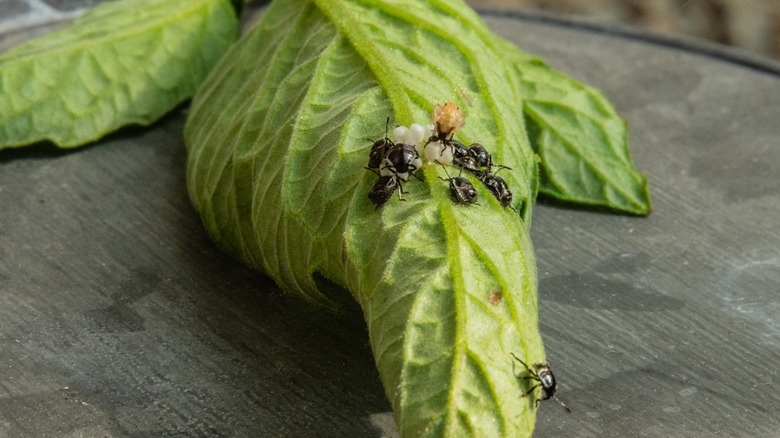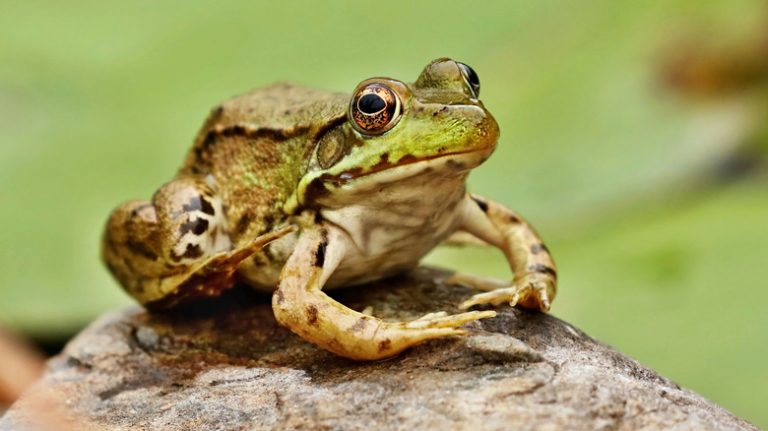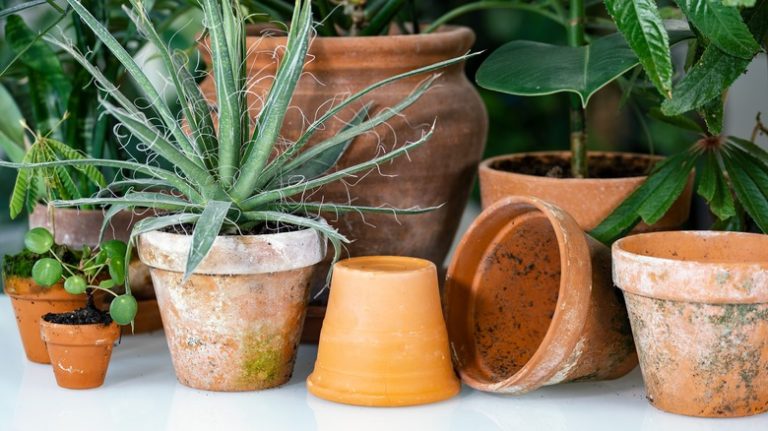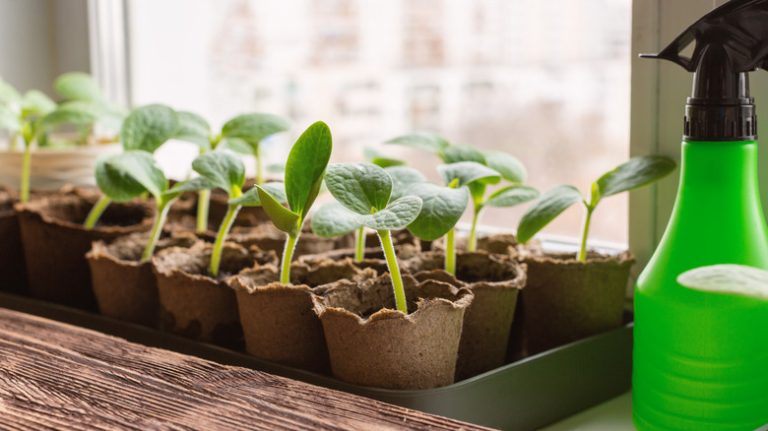Doesn’t virtually every gardener fantasize about having juicy tomatoes basking in the garden? But alas, such aspirations might crumble into pieces under the merciless jaws of flea beetles. These pesky invaders derive perverse pleasure from transforming green blades into a canvas of yellowing and irregular holes. When in hefty numbers, they could leave your once healthy and vibrant tomato leaves with a sieve-like appearance that can be mistaken for a gardener’s creative leaf art from afar. And while these critters might not spell doom for larger plants, never underestimate their capability to spread diseases between plants. Their mere presence is a threat. So, how do I get rid of flea beetles on my tomatoes, you ask? Well, your saving grace, quite surprisingly, could be within your pantry, medicine cabinet, or under-the-sink storage area. Behold the potent triad of isopropyl rubbing alcohol, dish soap, and water.
Rubbing alcohol employs a two-pronged attack in your battle against flea beetles. The spritzs work insidiously, dissolving the flee beetle’s protective shell. This isn’t a mere adornment but a moisture-locking barrier that also safeguards against predators. Once this defensive armor gets weakened, dehydration ensues rapidly, pushing the bugs down a spiraling path toward their inevitable end. But while rubbing alcohol proves valuable in the fight against flea beetles, it demands careful handling; otherwise, you could set yourself and your tomato plants up for harm.
Keep flea beetles off tomato plants with rubbing alcohol
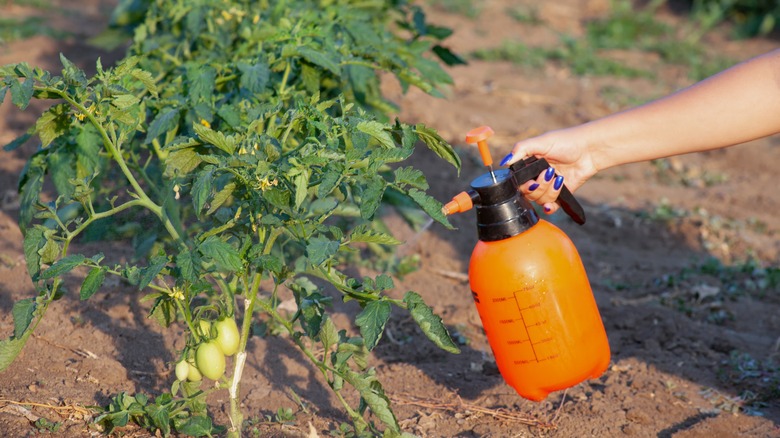
Your dependable armory in this fight against flea beetles on tomato plants will include isopropyl rubbing alcohol (70% solution is ideal), a spray bottle, water, dish soap, and safety gear. Rubbing alcohol can be a double-edged sword, capable of inflicting harm when mishandled. With gloves and eye protection, you won’t have to fear the burn this chemical can cause upon encountering your skin or eyes.
Safety measures taken, unleash your inner alchemist and concoct 2 cups of isopropyl rubbing alcohol and 5 cups of water in a spray bottle. As the final piece of this triumphant puzzle, squeeze in one tablespoon of dish soap. While it’s a typical homemade surfactant in herbicide sprays, soap serves a different purpose here — it strips the waxy coating off the bugs, setting the stage for fatal water loss. Shaking the potion well helps fuse the ingredients into a formidable beetle banisher.
There’s no glory in this newly prepared mixture turning into a villain, inadvertently scorching your tomato plants. So, test it on a leaf or two before launching a full-fledged attack. If you witness any signs of distress, dilute the concoction further and perform another trial. Approved? Proceed to mist your tomato plants thoroughly, ensuring the pests get bathed in the deadly rubbing alcohol potion. Remember, repeat applications might be necessary depending on the adversary’s strength.
Caveats for killing flea beetles with rubbing alcohol
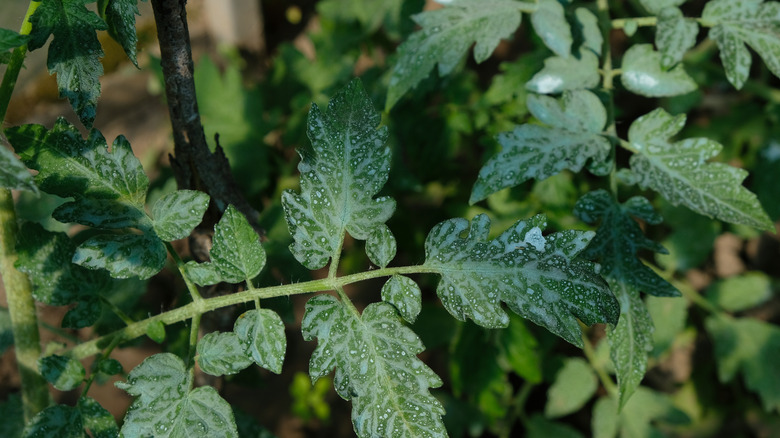
Rubbing alcohol is not the harmless white knight. It’s highly combustible, with nearby open flames or heat sources magnifying the chances of an inferno. Additionally, as careful as we try to be, there’s often a propensity for accidental contact between our skin and rubbing alcohol. A quick wash with soapy water should prevent skin irritation. Alongside this, it’s worth noting that scorching sun rays intensify alcohol’s potential to burn your tomato plants’ leaves. So, schedule your beetle-busting operations for early mornings or evenings when the sun is not showing off its full might. And for the love of your leafy buddies, keep rubbing alcohol away from the roots. Absorption by roots can lead to fatal dehydration.
In facing minor infestations, wiping individual flea beetles with a cotton swab doused in rubbing alcohol can do the trick, albeit time-consuming. And if the alcohol attack isn’t your style? Other organic options like neem oil, insecticidal soaps, and diatomaceous earth could be your heroes-in-waiting. However, chemical pesticides for flea beetles, including carbaryl, cyfluthrin, permethrin, and malathion, should be reserved as your last line of defense. Lastly, the idea of repelling beetles with fragrant plants like garlic, dill, or marigold is worth consideration.

